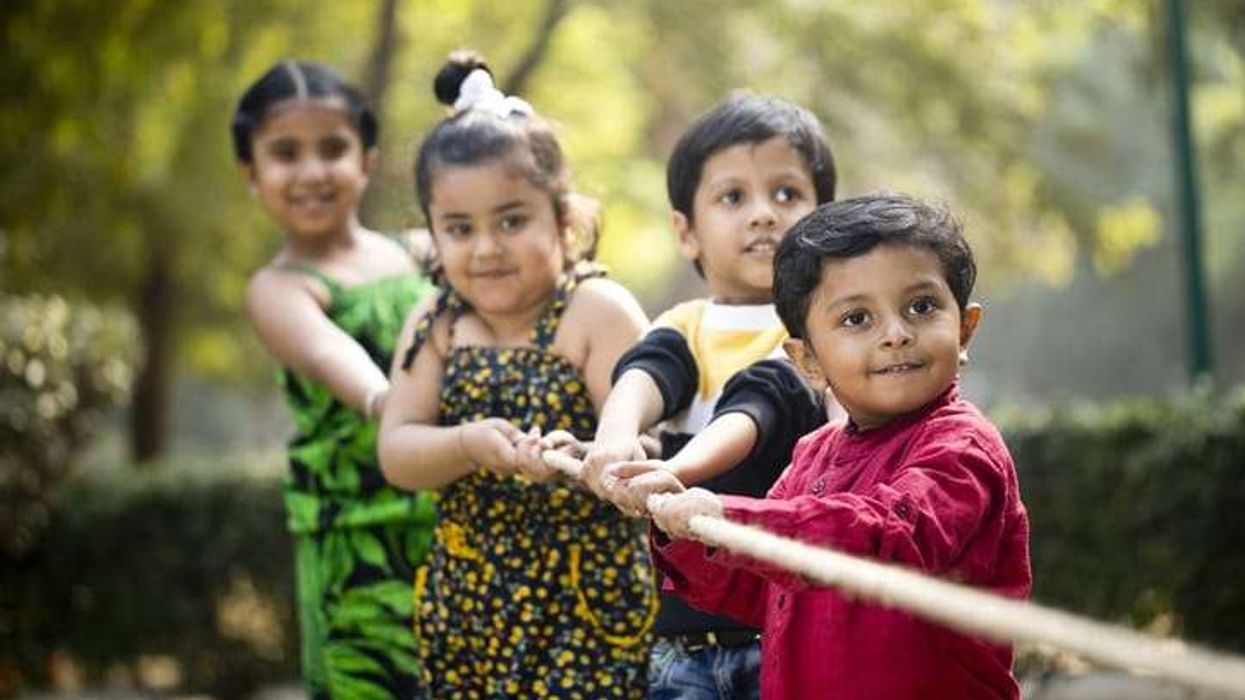IT will be mandatory for pupils to wear face masks in communal areas of secondary schools in England in places with local lockdowns, Education Secretary Gavin Williamson said on Wednesday (after a government U-turn on enforcing their use.
Ministers had ruled out the need for pupils to wear masks in corridors despite updated advice from the World Health Organization, but the government has now said face coverings should be worn in schools in places facing restrictions to curb the spread of Covid-19.
Headteachers in other areas will also have the discretion to recommend using masks in their schools for students aged between 11 and 18.
"There are some areas of the country where we have had to do local lockdowns and we think it is right in those few areas that in secondary schools, in communal areas, that youngsters do wear face coverings," Williamson told Sky News.
The new policy on masks also marks the latest occasion when Johnson has followed the devolved Scottish government in revising pandemic rules, after changes to the grading of exams and enforcing face coverings in shops.
Huw Merriman, chairman of parliament's transport select committee and a member of Johnson's party, said it felt like the government was making it up as it went along.
"It's time we stopped hiding behind the science, which keeps changing, and we focus on the fact that we are in charge," he told BBC Radio.
Williamson, who apologised after an algorithm-based exam system saw swathes of pupils awarded lower-than-expected grades, said the shift on masks had come following scientific advice.
"Our priority is to get children back to school safely," he added.
"We have therefore decided to follow the World Health Organisation’s new advice. In local lockdown areas, children in Year 7 and above should wear face coverings in communal spaces.
"Outside of local lockdown areas face coverings won’t be required in schools, though schools will have the flexibility to introduce measures if they believe it is right in their specific circumstances. I hope these steps will provide parents, pupils and teachers with further reassurance."











